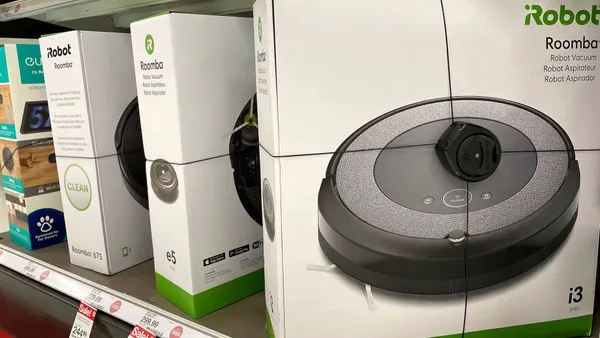Dive Brief:
- Schneider Electric has launched two products, SpaceLogic RP-V and Insight Sensor, to provide demand-driven ventilation based on occupancy data, according to a press release.
- The products, which will be integrated into its Connected Room solution, can save organizations between 10% to 20% on HVAC energy costs, the company said.
- Occupancy sensors are seeing increasing usage in facilities management, due to growing potential to use the data to drive operational decisions and efficiency savings.
Dive Insight:
As companies grapple with inconsistent return-to-work policies and economic volatility, facility managers and building operators are facing demands from tenants and investors. To juggle these two conflicting pressures, many are turning to occupancy sensors to determine usage and connected building systems to balance comfort with energy cost savings.
Schneider Electric’s solutions combine a sensor, which works with room level controls to gauge occupancy levels, and an insight sensor to proactively condition spaces to meet comfortable temperature, lighting and humidity thresholds for occupants.
"Maximizing square footage and room usage is a priority for many businesses, and this solution can introduce these features to educational centers, hospitals, commercial office spaces, and much more,” said James Mylett, senior vice president of U.S. digital buildings at Schneider Electric, in the release.
Occupancy sensors and indoor air quality controls are also being used by facilities management professionals more often to drive back-end maintenance schedules, said Kelly Spinola, senior director of global product owner, facilities management at JLL Technologies in a webinar about the survey.
“We're also seeing a big need for using both indoor air quality sensors and occupancy sensors to influence how we're managing and maintaining our back-end systems, which are particularly important as occupancy is fluctuating,” said Spinola.
Honeywell is also targeting air quality and energy consumption through sensor technology, and last week launched its Forge for Buildings solution for facilities to monitor real-time occupancy levels and space use. The vendor-agnostic system provides facilities’ with a data connection between building systems, such as HVAC, lighting and occupancy sensors, and uses machine learning to analyze this data and automatically adjusts building controls by zone level to meet energy consumption and indoor air quality parameters.
“The next level [of building efficiency] is having more modern building management systems, having automation around it and having the ability to auto-schedule certain capabilities in the building that way. You're almost teaching the system,” Sadiq Syed, vice president and general manager of Connected Enterprise at Honeywell, told Facilities Dive.
Moving forward, Syed expects these systems to continue learning and driving further efficiency in facilities.
“Think of your Nest thermostat, right? The more you let it learn, it continuously optimizes your Edge device back in the home, and then also eventually sales energy. That's the next level of automation, that you can just inherently lay down a building management system and let it achieve a certain level of efficiency and decarbonization,” he said.













